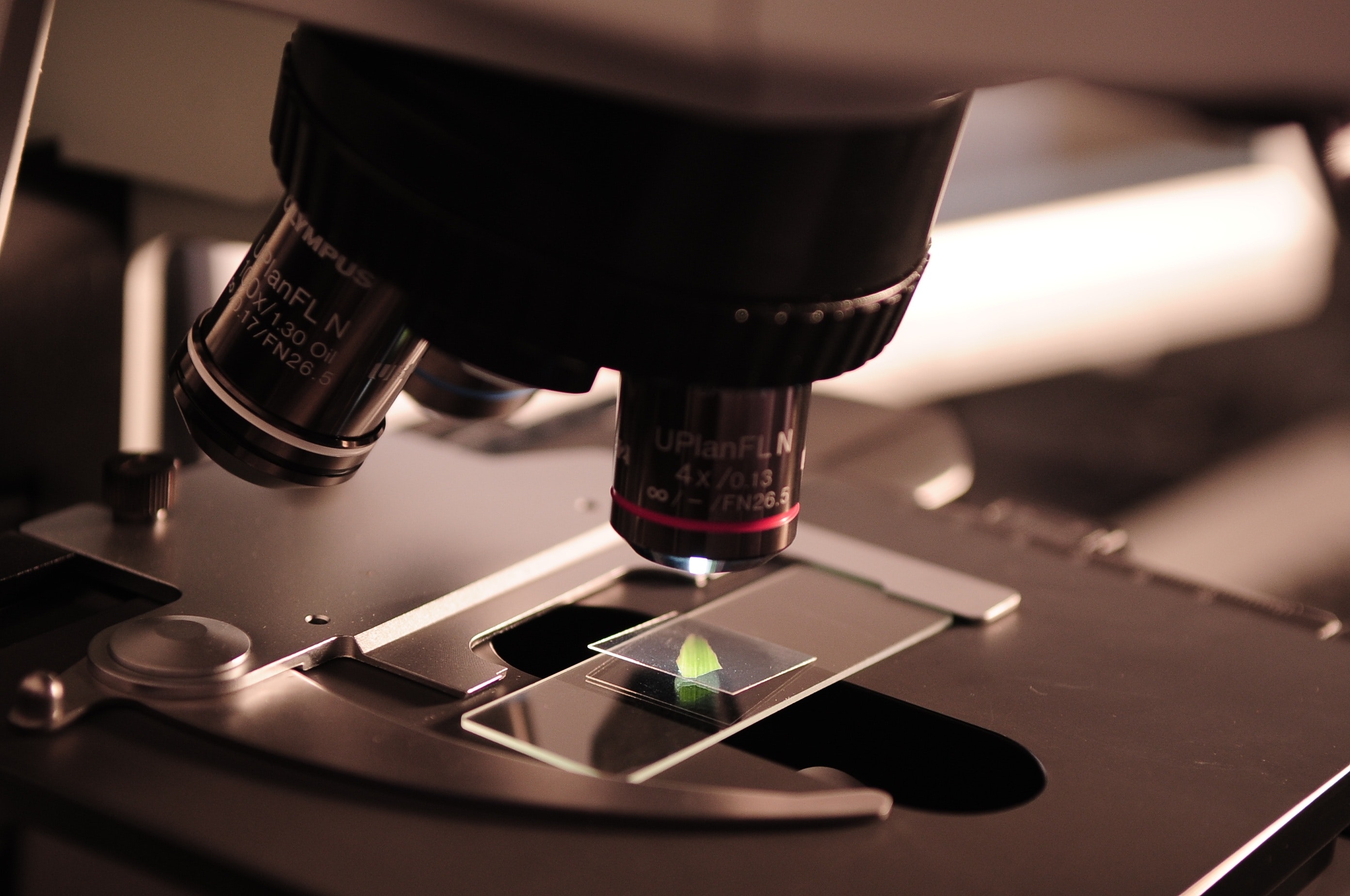- cross-posted to:
- science@lemmy.world
- cross-posted to:
- science@lemmy.world
Observations of high-energy astrophysical neutrinos have shown that they mostly originate from extragalactic sources such as active galaxies. However, gamma ray observations show bright emission from within the Milky Way galaxy, and astrophysical gamma rays and neutrinos are expected to be produced by the same physical processes. The IceCube Collaboration searched for neutrino emission from within the Milky Way (see the Perspective by Fusco) and found evidence of extra neutrinos emitted along the plane of the Galaxy, which is consistent with the distribution of gamma-ray emission. These results imply that high-energy neutrinos can be generated by nearby sources within the Milky Way.
-Editor’s summary from the Science article



So the cosmic rays they are describing being deflected are charged particles, usually protons and nuclei. As these charged particles travel through the magnetic fields, they are deflected, and some fraction of those arrive at Earth. Take into account the vastness of the interstellar space in the Milky Way and how the magnetic fields can change over this expanse. Now you have charged particles entering a massive, non-constant field region, which makes things difficult, but not impossible if you were able to perfectly model the field (which is still outside our capabilities, as we can’t even perfectly model the fields between Earth and the Sun). Add onto this the fact that cosmic rays have varied energy, velocity, mass, charge, and are being produced at random angles from their sources, you have a fundamentally randomized system with cosmic rays arriving, seemingly, from empty regions of space.
Neutrinos solve this problem, because they are neutral particles and only interact via the weak force, so they ignore electromagnetic fields and can pass through huge amounts of matter without interacting. This allows them to travel through space freely, not being scattered by dust and ignoring the magnetic fields. Previously photons were really the only way to get a picture of the stars, but now IceCube has shown that neutrinos produced when the cosmic ray interacts near its origin can do it too. I hope this answers your question!